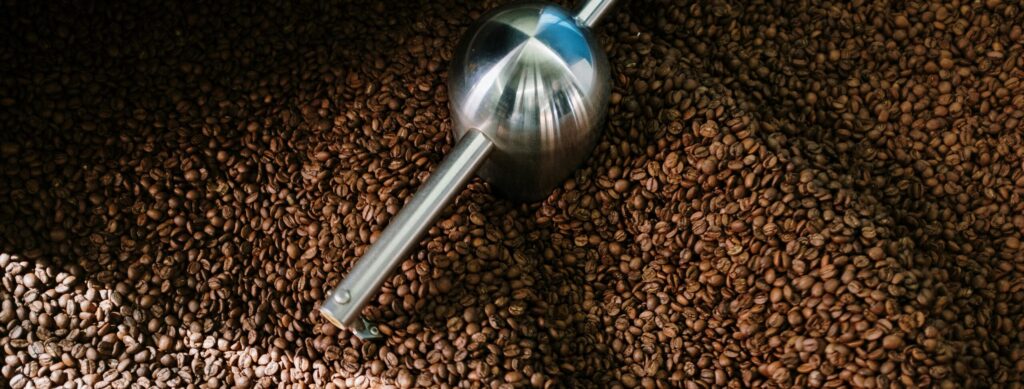
Coffee, a beloved elixir revered across cultures, is consumed worldwide with countless variations and preparations reflecting diverse cultures and preferences. From the espresso of Italy to the café au lait of France, and the third-wave coffee movement emphasizing artisanal preparation and direct trade, coffee continues to evolve, embodying the tastes and traditions of people around the globe.
Coffee carries a mystique that spans centuries, marked by captivating myths and legends, diverse types, and an intricate journey from bean to cup. Among its rich narrative are tales of discovery and luxury, showcasing coffee not just as a beverage but as a cultural icon.
Myths, Legends, Rituals
The Goat Herder Legend
The story of coffee begins with a captivating legend from Ethiopia, where coffee is believed to have been discovered by a goat herder named Kaldi in the 9th century. According to the tale, Kaldi noticed his goats frolicking energetically after eating the red berries from a particular bush. Curious, Kaldi tried the berries himself and experienced a newfound vitality. The discovery of coffee’s stimulating properties soon spread, marking the beginning of coffee’s journey across the globe.
The Enigmatic Tale of Sheikh Omar
In the annals of coffee’s storied past, the legend of Sheikh Omar, holds a special place. Exiled from Mocha, a city in Yemen renowned for its association with early coffee culture, Omar found refuge in a desert cave near the town of Ousab. Desperate for sustenance, Omar chewed on the berries from a nearby shrub but found them too bitter. In an attempt to improve their flavor, he tried roasting them, but this only made them hard. Finally, he boiled them, resulting in a fragrant brown liquid. Upon drinking this concoction, Omar was revitalized and sustained for days.
Word of this miraculous sustenance reached the city of Mocha. When Omar returned, he was welcomed as a hero. He shared his discovery of the rejuvenating drink, which soon became integral to the spiritual practices of the Sufi monks in the region. The monks found that the drink kept them alert and energized during their long hours of prayer and meditation, fostering a deep, contemplative connection to the divine.
A Window to the Future
While tasseography is widespread and has historical roots in many cultures, including those in the Middle East, Asia, and Europe, the specific tradition of reading coffee grounds has become closely associated with Turkish coffee culture due to the unique way Turkish coffee is prepared and served, which leaves a thick residue at the bottom of the cup that is suitable for divination purposes.
The process begins once the coffee is savored to the last drop, and the cup is covered with a saucer, then turned upside down. After a few minutes, the cup is lifted, revealing patterns and shapes in the grounds that have settled against the cup’s walls and base. It is believed that the patterns formed are symbols that can be interpreted by a skilled reader, offering insights into a person’s life, including fortunes, challenges, and opportunities that may lie ahead.
The Journey from Bean to Cup
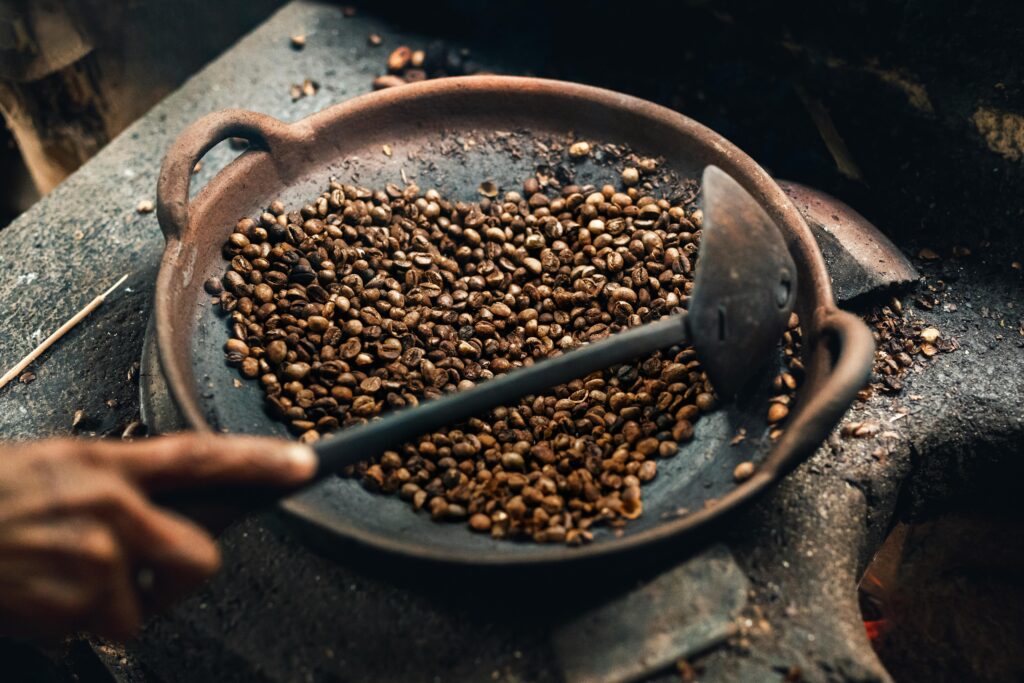
The transformation of coffee from a raw bean into a delicious beverage involves several meticulous stages:
- Harvesting: Coffee beans, which are the seeds of the coffee cherry, are harvested mostly by hand to ensure ripeness.
- Processing: The beans are then processed either by the dry method, where cherries are sun-dried, or the wet method, which involves removing the pulp before drying.
- Roasting: Processing is followed by roasting, a crucial step where beans are heated to bring out their complex flavors and aromas.
- Grinding: Roasted beans are ground to a consistency that matches the brewing method.
- Brewing: Finally, the ground coffee is brewed, a process that varies widely, from espresso machines to pour-overs, each method extracting the beans’ flavors differently.
Types of Coffee
Arabica vs. Robusta
Arabica beans, known for their smooth, complex flavor profiles, are preferred for their higher quality and taste. Robusta beans, on the other hand, offer a stronger, more bitter flavor with a higher caffeine content, often used in blends for an extra kick or in instant coffee.
Single-Origin and Blends
Single-origin coffees are sourced from a specific location, offering unique flavor notes characteristic of their regional soil and climate conditions. Blends combine beans from various origins, crafted to create a balanced and complex flavor profile.
Regions and Their Unique Brews
Coffee thrives across the world’s “Coffee Belt,” an equatorial zone ideal for its cultivation. The characteristics of coffee beans vary significantly across different regions, influenced by the local climate, soil composition, altitude, and cultivation practices. This diversity results in a rich variety of flavors and aromas, making each region’s coffee unique. Here’s an exploration of key coffee-producing countries and the distinctive qualities of their beans.
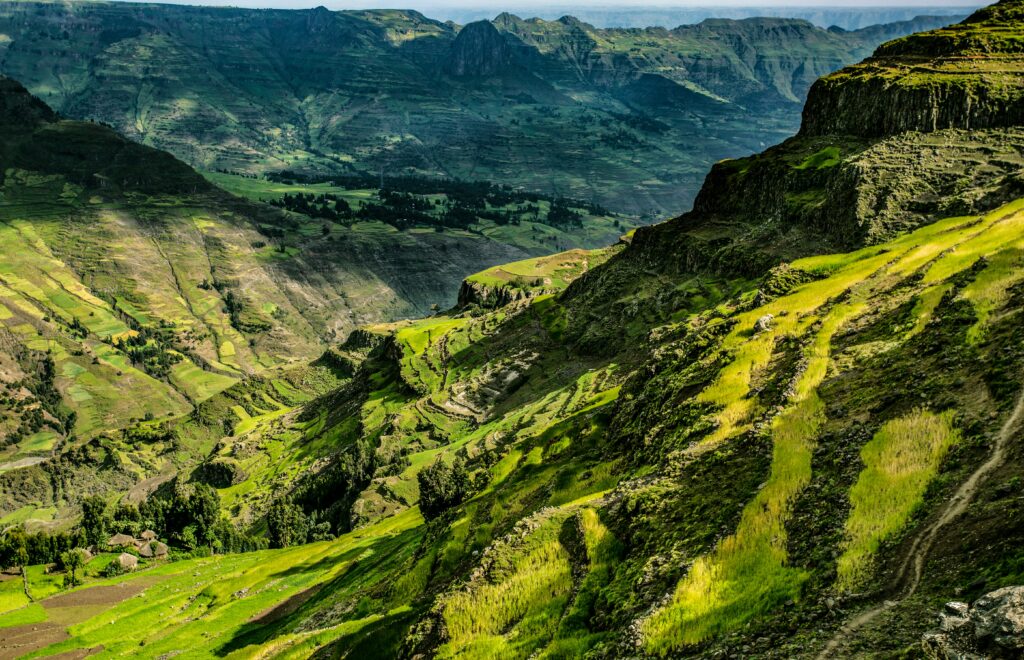
Ethiopia: The Birthplace of Coffee
Ethiopia, recognized as coffee’s origin, offers beans that are as diverse as its landscapes. Ethiopian coffees, often grown wild in their natural habitat, are known for their complex, fruity, and floral flavors, with hints of wine and berries. The famous Ethiopian Yirgacheffe, for example, is celebrated for its bright acidity and vibrant citrus notes.
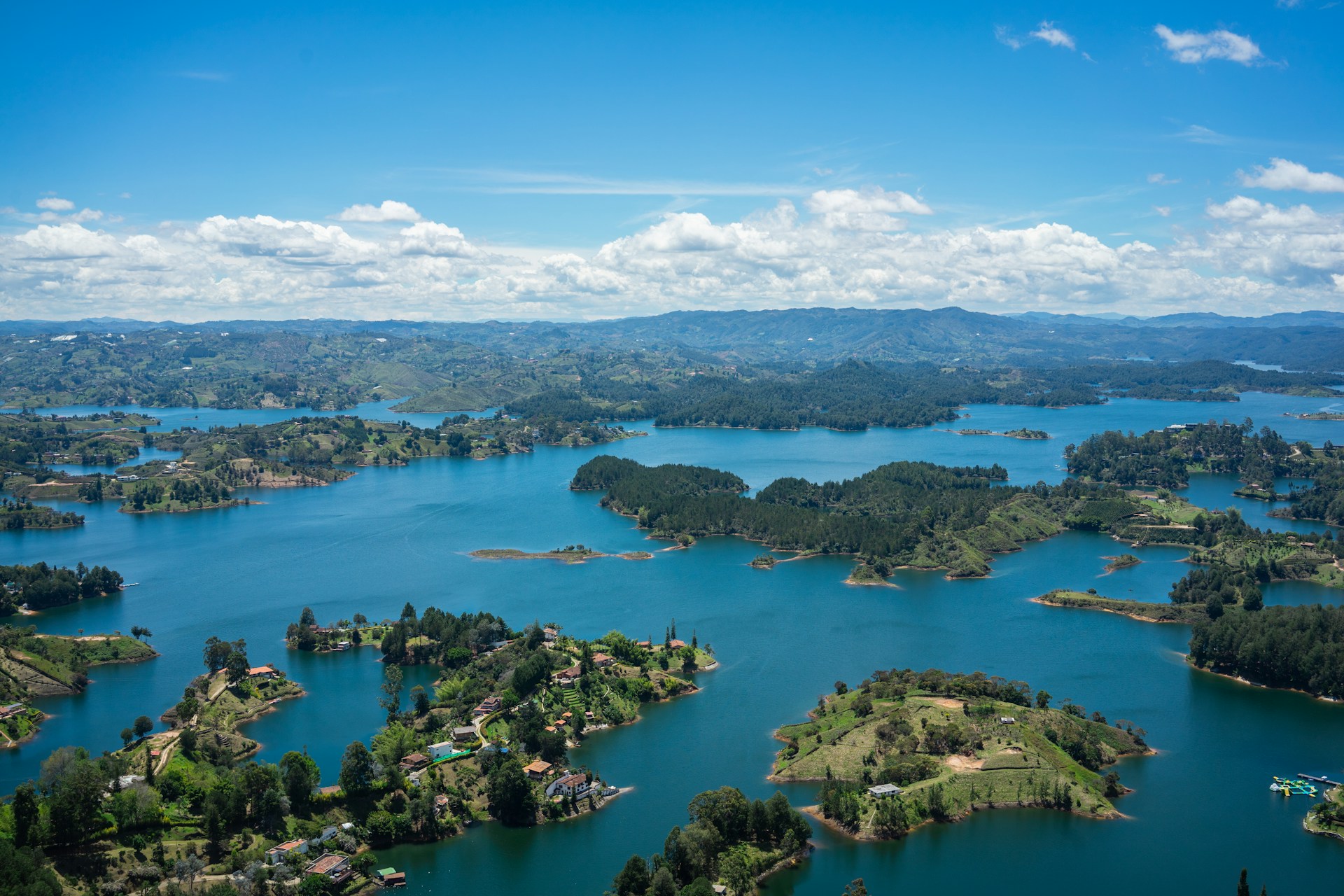
Colombia: Smooth and Balanced
Colombian coffee is famed for its smooth, well-balanced taste and medium body. Grown in the mountainous regions of the country, Colombian beans often exhibit a slight sweetness with caramel and nutty undertones, making them a favorite among global coffee lovers for their consistent quality and mild flavors.

Brazil: Soft and Nutty
As the world’s largest coffee producer, Brazil’s beans are known for their soft nuttiness, low acidity, and bittersweet chocolate flavors. The country’s vast plantations yield a wide range of bean types, but Brazilian coffees generally provide a broad, pleasing base for blends, favored for their creamy body and smooth finish.
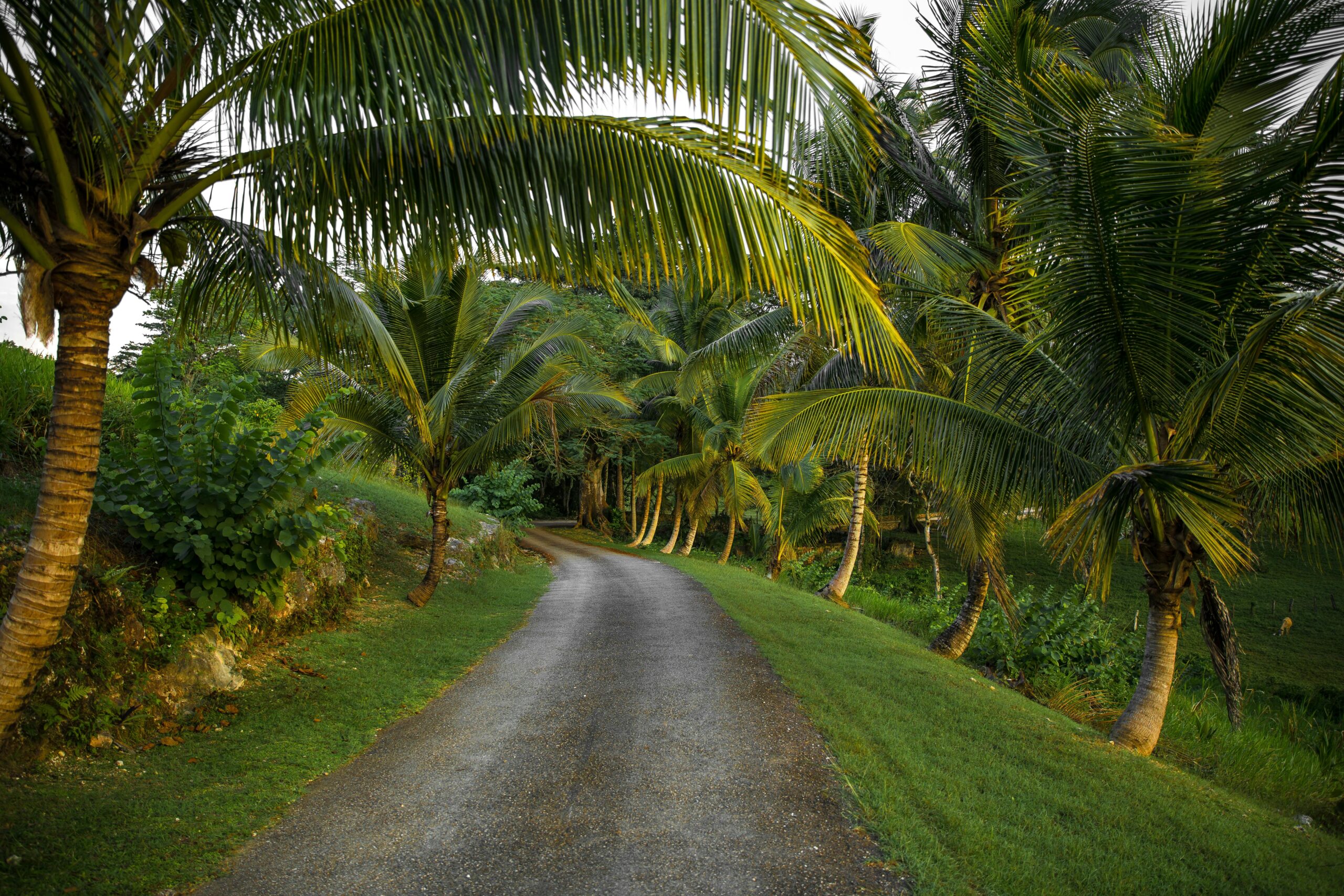
Jamaica: Rich and Full-Bodied
Cultivated in the majestic Blue Mountains of Jamaica, this coffee is cherished for its exceptional smoothness, mild flavor, and lack of bitterness. The unique microclimate of the region, characterized by cool temperatures, misty conditions, and rich volcanic soil, contributes to the coffee’s distinct taste profile, often described as vibrant, with a gentle acidity and a subtle chocolatey note.
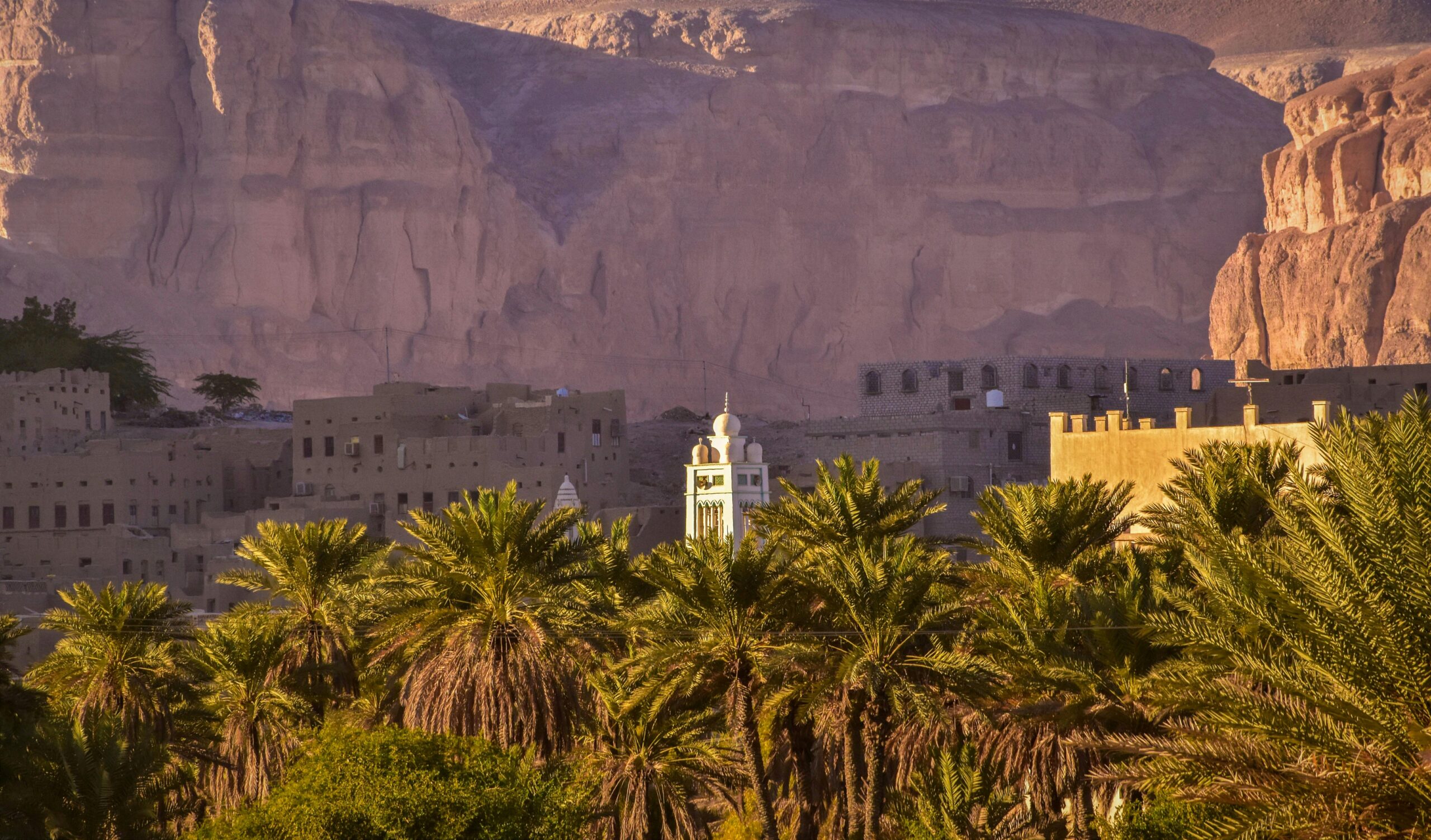
Yemen: Exotic and Complex
Yemeni coffee, cultivated in the ancient terraced mountainsides, offers an exotic and complex cup. These beans are characterized by their rich, full body and distinctive fruity, wine-like tones, often with a spicy or chocolatey finish. The traditional natural drying process in Yemen contributes to the coffee’s unique flavor profile.
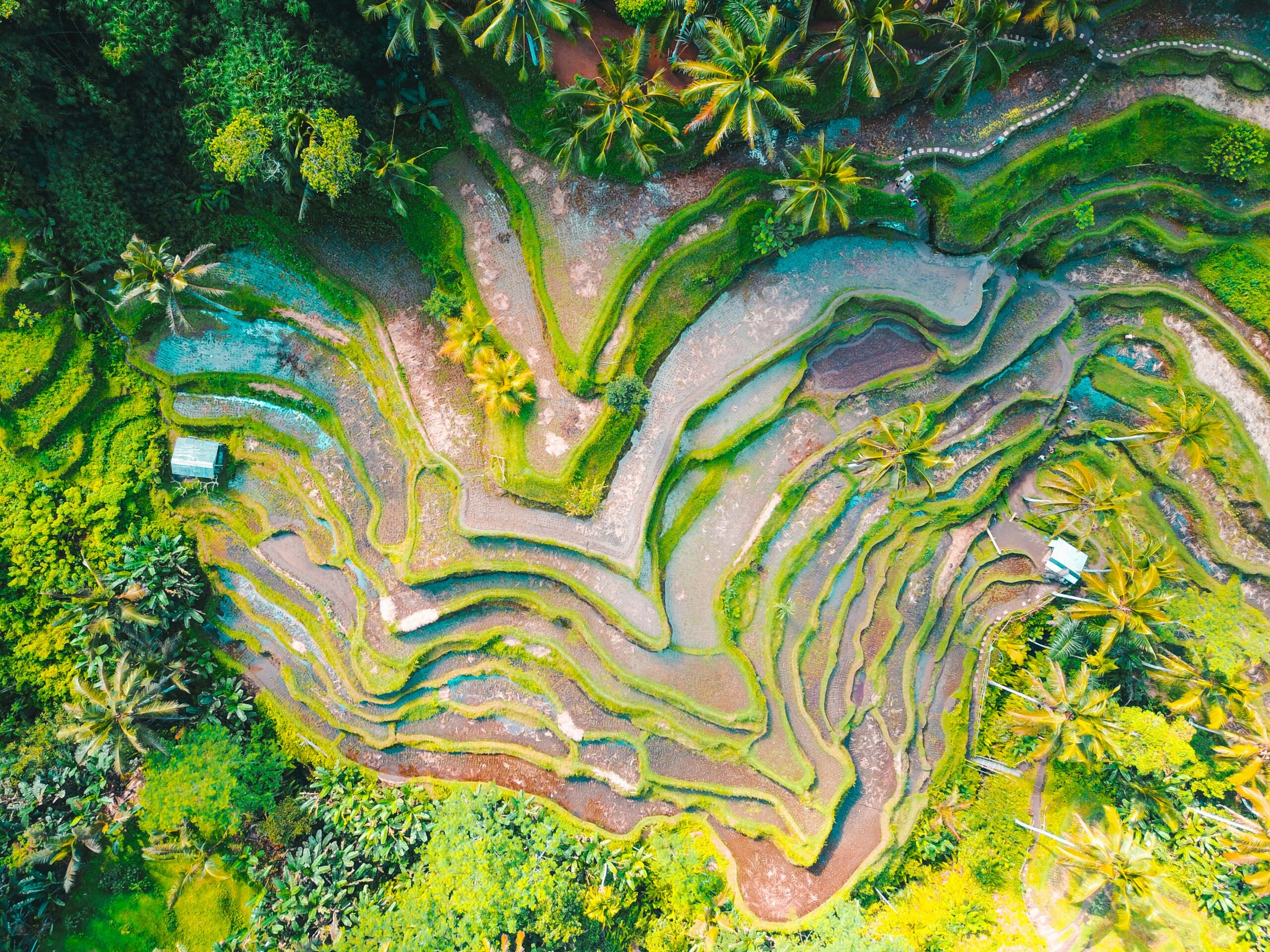
Indonesia: Earthy and Full-Bodied
Indonesian coffees, particularly those from Sumatra, are famous for their full body and earthy, woody flavors. Sumatran coffee, often processed using the wet-hulling method, showcases a low acidity with deep, complex flavors ranging from mushroom and spice to dark chocolate.

Costa Rica: Bright and Clean
Costa Rican coffees are admired for their bright acidity and clean taste, with a medium to full body. The country’s beans often feature citrus or berry notes, along with hints of chocolate or spice, making them exceptionally well-balanced and refreshing.
Luxurious and Niche Coffees
Kopi Luwak
Originating from Indonesia, Kopi Luwak is one of the world’s most expensive coffees, made from beans that have been digested and excreted by the civet cat. The process is believed to enhance the coffee’s flavor, making it a sought-after luxury.
Black Ivory Coffee
Similar to Kopi Luwak, Black Ivory Coffee is produced from beans eaten and excreted by elephants in Thailand. The fermentation process in the elephant’s gut imparts a unique flavor to the beans, resulting in a highly exclusive and expensive coffee.
Geisha Coffee
Geisha coffee, originating from Panama, is renowned for its exceptional flavor profile with floral and fruity notes. Its rarity and the meticulous care required for its cultivation contribute to its high price and esteem among coffee connoisseurs.
Jamaica Blue Mountain
Grown in a designated region of Jamaica, Blue Mountain coffee is celebrated for its mild flavor and lack of bitterness. The coffee’s limited growing area and the rigorous quality standards it must meet make it a rare and luxurious choice.
A Guide to Different Cooking Techniques
The world of coffee is vast and varied, not just in terms of bean types and flavors but also in the methods used to brew this beloved beverage. Each brewing technique has its unique characteristics, influencing the taste, aroma, and body of the final cup. Here’s an overview of different coffee cooking, or brewing, techniques, each offering a distinct way to experience coffee.
Espresso
Originating in Italy, espresso is a concentrated coffee brewed by forcing a small amount of nearly boiling water through finely-ground coffee beans. The result is a rich, bold shot of coffee topped with a layer of crema. Espresso serves as the foundation for many coffee drinks, including lattes, cappuccinos, and Americanos.
French Press
The French Press, or plunger pot, is a popular method for its simplicity and the rich, full-bodied coffee it produces. Coarse coffee grounds are steeped in hot water for several minutes before the plunger is pressed down, separating the grounds from the liquid. This method allows oils and fine particles to remain, contributing to the coffee’s flavor and texture.
Pour-Over
Pour-over coffee is made by pouring hot water over coffee grounds contained within a filter. The water then flows through the coffee and filter into a carafe or mug. Techniques vary, from the Hario V60 to the Chemex, but all pour-over methods allow for precise control over brewing time and temperature, resulting in a clean and flavorful cup.
AeroPress
The AeroPress is a relatively new method that combines elements of espresso and French press. Coffee grounds and water are mixed together in a cylindrical chamber and then forced through a filter by pressing a plunger through the chamber. The AeroPress produces coffee with rich flavor and lower acidity, similar to espresso but less concentrated.
Cold Brew
Cold brew coffee is made by steeping coarsely ground beans in cold water for an extended period, usually 12 to 24 hours. The coffee is then filtered, resulting in a smooth, sweet, and less acidic concentrate that can be served over ice or diluted with water or milk. Cold brew is known for its smooth texture and refreshing taste.
Turkish Coffee
Turkish coffee is prepared by combining finely ground coffee, water, and sugar (optional) in a special pot called a cezve or ibrik. The mixture is heated until it froths up but not quite boils, and then it’s poured into a cup, allowing the grounds to settle. Turkish coffee is celebrated for its strong flavor and the tradition of reading fortunes from the coffee grounds left in the cup.
Moka Pot
The Moka Pot, or stovetop espresso maker, brews coffee by passing boiling water pressurized by steam through ground coffee. It’s similar to espresso but made at a lower pressure, resulting in a coffee that’s somewhat less concentrated but still rich and full-bodied.
Siphon
The siphon, or vacuum pot, brews coffee using vapor pressure and vacuum to produce coffee. It consists of two chambers where vapor pressure forces hot water up into the upper chamber to mix with coffee grounds, and then coffee is drawn back down into the lower chamber by vacuum pressure as it cools. Siphon coffee is known for its clean, crisp taste and theatrical brewing process.
Each brewing method offers a unique experience, highlighting different aspects of the coffee’s flavor profile. Experimenting with various techniques can be a delightful exploration of the complexities of coffee, leading to personal preferences and a deeper appreciation for this versatile drink.
Usages Beyond the Cup: Coffee in Cuisine and Industry
Beyond its role as a beverage, coffee finds its way into cuisine, used as a flavoring agent in dishes and desserts like tiramisu and coffee-flavored chocolate. It’s also utilized in beauty and health products, leveraging caffeine’s properties to invigorate skin and reduce the appearance of cellulite. Furthermore, the spent grounds are repurposed as garden compost, exemplifying coffee’s versatility.
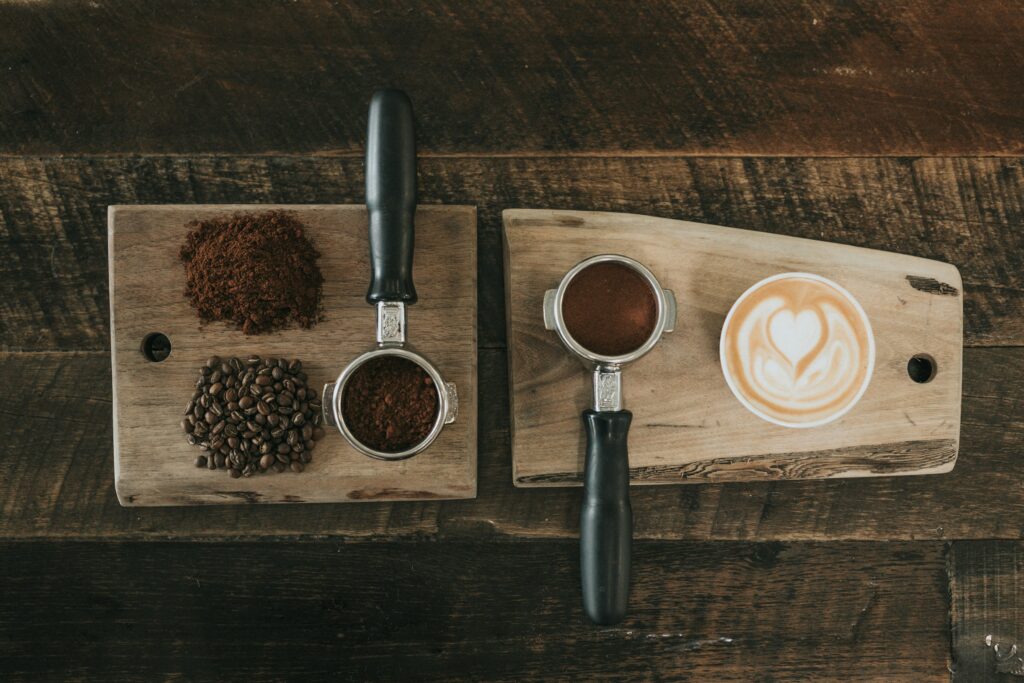
As coffee weaves its way from the ancient cradle of civilization to the modern-day mosaic of global culture, it remains a testament to human ingenuity and the pursuit of perfection. This humble bean’s journey from the wild forests to the sophisticated cafes of today mirrors our own quest for connection and excellence. With every sip of meticulously brewed coffee, we partake in a legacy of innovation and shared experience, inviting us to ponder—what novel concoctions and coffee traditions will we craft for the generations to come?